Tawny Frogmouth
Often mistaken for owls, the tawny frogmouth are more closely related to the nightjar family, characterised by its medium size, long wings, and stout bill. These nocturnal birds are masters of camouflage, spending their days perfectly still, blending into tree bark with their mottled plumage. By night, they hunt using a sit-and-wait strategy, pouncing on unsuspecting prey with their wide, hooked beaks.

Bilbies
Bilbies are one of Australia’s most unique but also lesser known species. They are what we call a keystone species, which means their survival increases the chances of survival of 19 other threatened species. They thrive in a wide variety of vegetation types and land forms from open forest to grasslands. They are the largest of the bandicoot family however, these marsupials are now endangered due to introduced predators such as cats and foxes. WILD LIFE Sydney Zoo is committed to helping is restore the Bilby population. Come visit our 4 beautiful Bilbies in our Nightfall zone.

Yellow-bellied Gliders
Meet our 2 Yellow-bellied Gliders, Leia and Corymbia. Gliders have the ability to glide up to 114 meters and can make such high pitched shrieks that they can be heard up to 500m away. Our 2 girls love to climb and can be found all over their exhibit in Nightfall, even climbing along the roof! These beautiful creatures are listed as "vulnerable" on the endangered species list, due to declining populations due to loss of habitat.

Rufous Bettong
At WILD LIFE we are home to two female Rufous Bettongs. Rufous Bettongs can be found all up the eastern coast of Australia. These little marsupials have prehensile tails that they use to carry nesting material to make their nests. Francesca and Renezmay our two Refous Bettongs are not morning people and if awoken to early they will make pig-like growling noises. Come and see these little cuties in our Nightfall exhibit.

Plaints Rat
Whilst the Plains Rat may appear small in size to some, they are one the largest Rodents to exist in their habitat reaching an impressive 85 grams. They are often described as stocky and have a brown coat with silver sheen on the backs and side to accompany their large eyes and ears. Notably, the Plain Rat has quite a unique range of vocalisations with anything from chirps to squeeks.

Potoroo
Navigating the forest floor with ease, the long-nosed potoroo sniffs the ground in a side to side motion in pursuit of a meal. When dawn breaks the grey brown coat of the Potoroo enables them to take refuge in a lush understory of grass-trees, sedges, ferns, heath or low shrubs of tea trees. Potoroos have certainly made their mark on history as one of the animal kingdom's first truffle hunters.

Sugar Gliders
Sugar Gliders are a charming, native Australian marsupial that play an important role in the ecosystem, helping to control the insect population and pollinate native Australian plants. These palm-sized, nocturnal marsupials can be found in tall eucalypt forests and woodlands along eastern and northern NSW.
